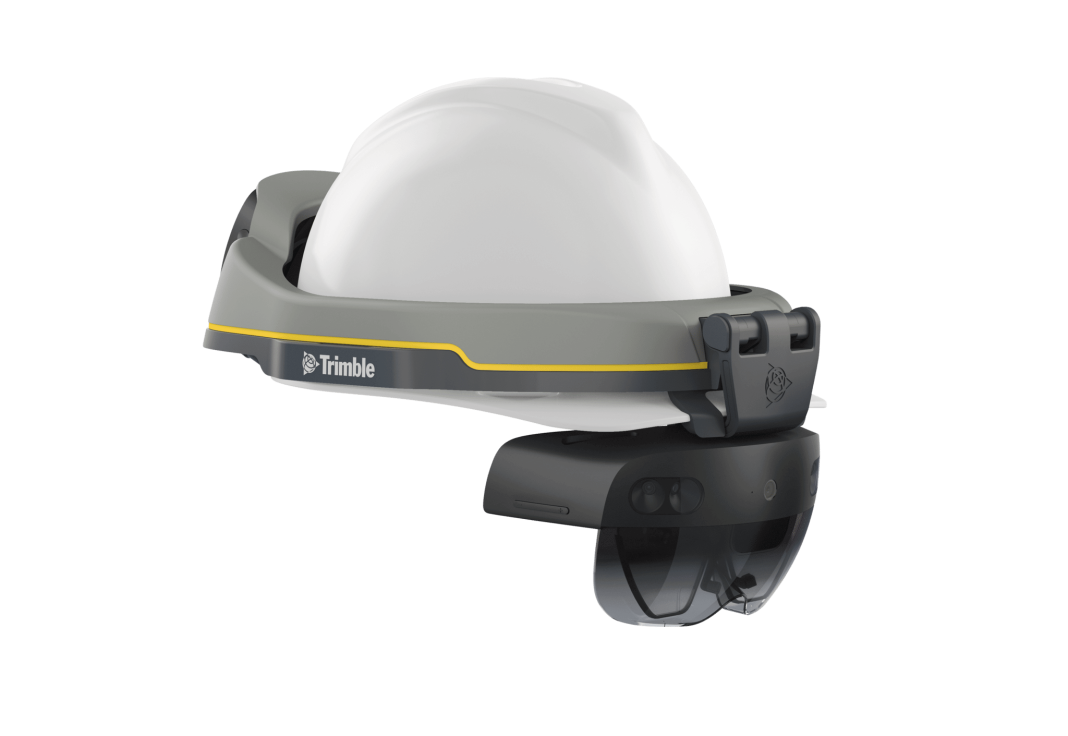Augmented reality (AR) has become an increasingly sought-after technology in various industries, including construction. Trimble, a leading provider of advanced positioning solutions, has made significant strides in this realm with the introduction of the Trimble XR10, an innovative AR headset designed specifically for the construction industry. In this article, we will explore the capabilities and potential applications of the Trimble XR10, shedding light on how it enhances productivity, safety, and collaboration on construction sites.
The Trimble XR10 is a rugged, HoloLens-based AR headset that combines the power of mixed reality with Trimble’s advanced positioning technology. The headset provides construction professionals with real-time, context-rich data overlaid onto their physical environment, enabling them to make more informed decisions and streamline their workflows. With a comfortable and ergonomic design, the XR10 is built to withstand the harsh conditions of construction sites, making it a reliable tool for daily use.
One of the key benefits of the Trimble XR10 is its ability to enhance design and visualization. By overlaying digital models, plans, and 3D data onto the real world, the XR10 allows users to visualize complex construction projects in a more intuitive and immersive manner. This enables architects, engineers, and contractors to gain a deeper understanding of the project, identify potential clashes or errors, and make informed design decisions early in the process. The XR10 also offers the capability to switch between different design iterations, allowing stakeholders to compare and evaluate various options before finalizing the plans.
The Trimble XR10 promotes seamless communication and collaboration among team members on construction sites. With the ability to share and interact with digital information in real-time, users wearing the XR10 can communicate complex instructions, provide visual references, and highlight specific areas of interest to their colleagues on-site or remotely. This not only enhances coordination between different trades but also reduces errors and rework, ultimately improving project efficiency and reducing costs.
Quality control and inspection are critical aspects of any construction project. The Trimble XR10 simplifies the process by allowing users to overlay digital checklists, specifications, and inspection data onto the physical environment. This enables inspectors to easily identify and document issues, track progress, and ensure compliance with project requirements. The XR10 also offers the potential for real-time collaboration between inspectors and remote experts, facilitating quicker decision-making and reducing delays in the inspection process.
Safety is a paramount concern on construction sites, and the Trimble XR10 can significantly contribute to improving safety standards. By overlaying virtual safety indicators, hazard warnings, and procedural instructions onto the real world, the XR10 helps workers identify potential risks and take appropriate precautions. The XR10 can also be utilized for training purposes, allowing new workers to experience simulated scenarios and learn proper safety protocols in a controlled environment. This immersive training can help reduce accidents, improve worker competence, and boost overall safety awareness on construction sites.
The Trimble XR10 represents a significant leap forward in the integration of augmented reality within the construction industry. Its ability to overlay digital information onto the physical world provides construction professionals with a powerful tool for design, visualization, coordination, and safety. As the XR10 continues to gain traction in the industry, its potential applications and benefits are only beginning to be fully realized. With its rugged design, advanced positioning capabilities, and seamless integration with Trimble’s software solutions, the XR10 is poised to revolutionize the way construction projects are planned, executed, and managed. As technology continues to evolve, Trimble remains at the forefront, leveraging augmented reality to drive productivity, efficiency, and safety in the construction industry.





